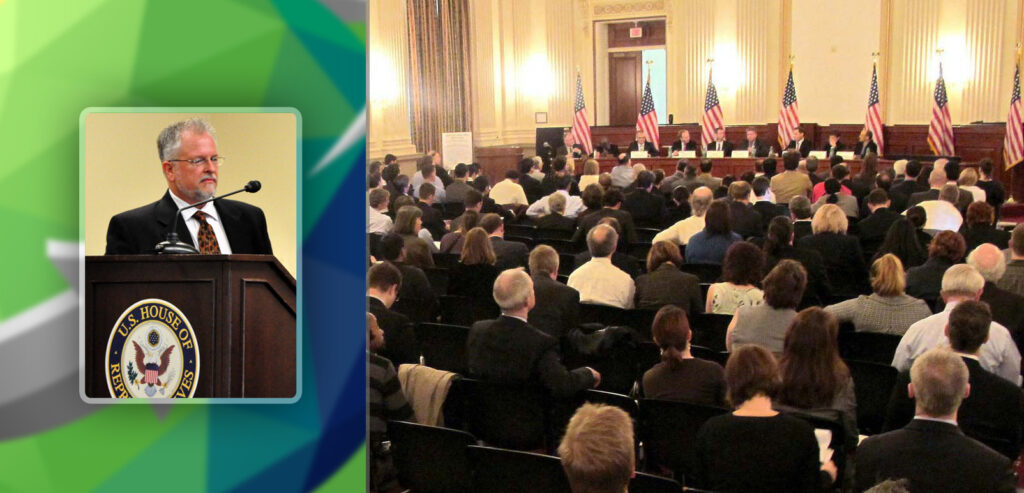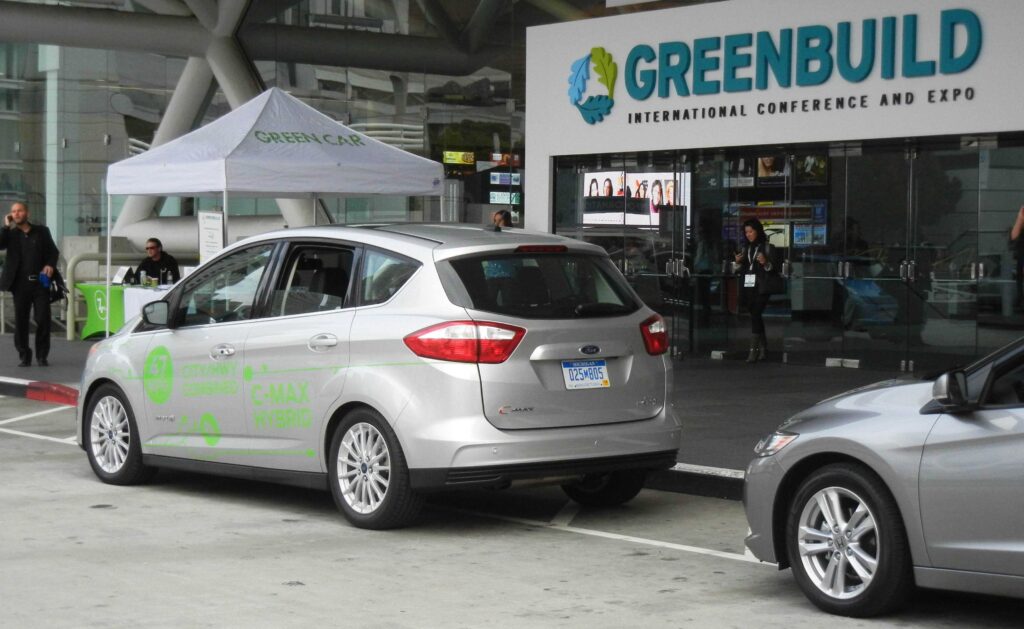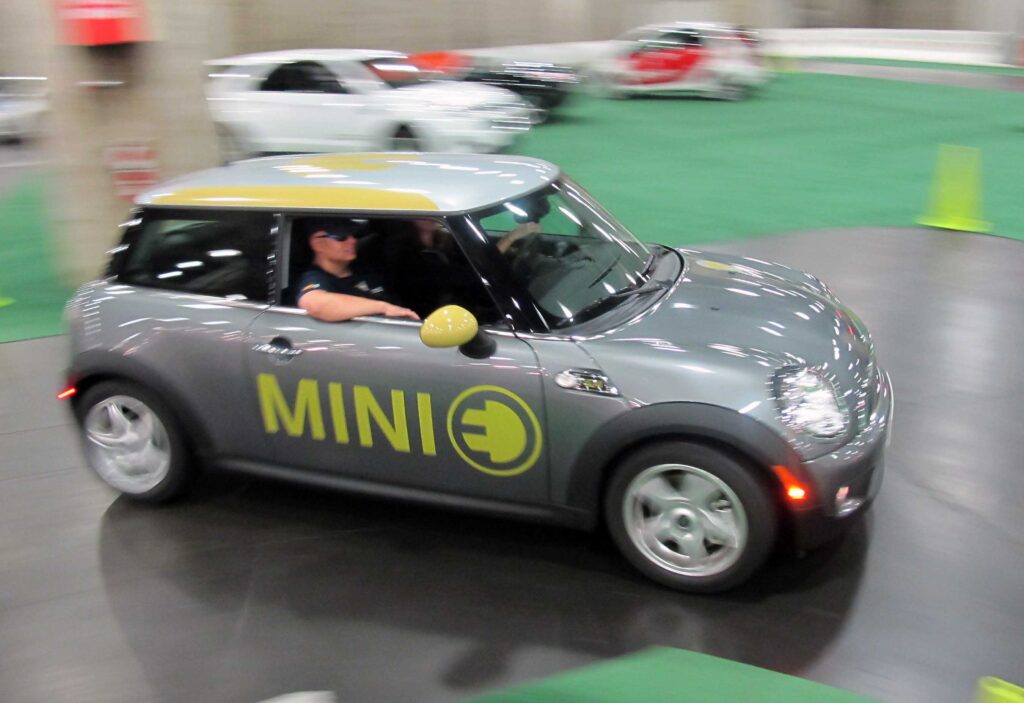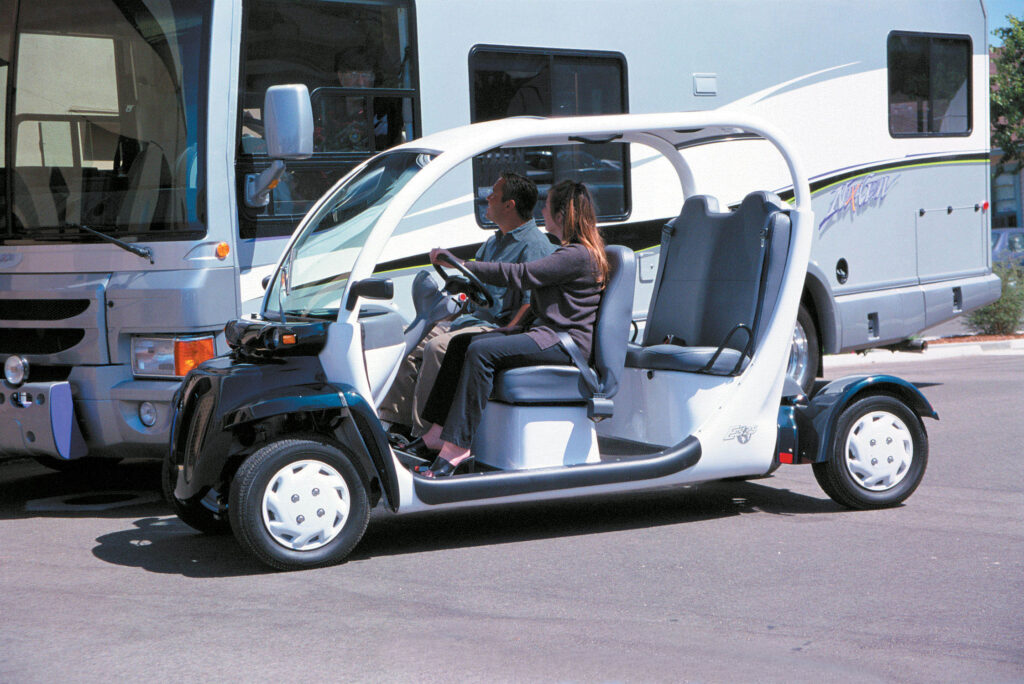
Programs And Activities

A key focus at Green Car Institute is identifying realistic pathways that accelerate the introduction of cleaner and more efficient vehicles to our highways. Early on, this focus resulted in milestone electric vehicle studies, plus market analysis and reports that identify electric vehicle impacts on emissions reduction and oil displacement. Green Car Institute president Ron Cogan has also brought green car activities to Washington DC through advanced vehicle panel discussions on Capitol Hill.

The Institute’s goals are to promote understanding of more sustainable transportation through targeted outreach projects that partner clean fuel technology and research opportunities with public education programs. Important elements include high-level presentations and panel discussions, clean vehicle conferences, and experiential activities like advanced vehicle ride-and-drives aimed at consumers, media, and government held in partnership with major events. Planned reports and analyses will help promote understanding of present and future clean vehicle trends and their importance in decarbonizing our transportation systems.

FIRST-HAND EV EXPERIENCE IS IMPORTANT
Is first-hand experience important to encourage electric vehicle sales? The answer is a solid ‘yes,’ according to a Green Car Institute survey conducted at the New York International Auto Show. Of 752 people surveyed who participated in a battery electric vehicle ride-along, 85 percent said that riding in an electric vehicle influenced the way they felt about EVs, with more than 96 percent saying they had a more positive view of EVs after riding in one.
Survey respondents had the opportunity to ride along in Nissan LEAF and Mitsubishi i-MiEV battery electric cars, plus Chevrolet Volt plug-in hybrids running exclusively on battery power. More than 15,000 New York auto show attendees participated in the ride-along that took place on a course conveniently sited on the show floor. More than 82 percent had never been in an electric vehicle before.
In a second survey of 849 people who also participated in the electric vehicle ride-along, 59 percent of those surveyed said they did not know enough about EVs based on what they’ve learned online or from print and broadcast media. That’s an important revelation. As much as electric vehicles are discussed, extolled, and debated today, a significant percentage of the population still doesn’t understand them. In fact, a full ninety-three percent of survey respondents shared it was important to their understanding of electric cars to see them in person and experience them during a drive.
What’s evident is that the electric vehicle field is fluid on many levels, from battery technology and costs to buyer understanding and acceptance. Electric vehicles sound exciting, revolutionary, and maybe even exotic. But they clearly are not intuitive to everyone. If electric vehicles are to be a long-term success, then they will require more effort than they are getting now.
Archive Studies

STUDY OF NEV USER BEHAVIOR IN CALIFORNIA
This study shows that California neighborhood electric vehicle (NEV) users tend to leave their full-size cars and trucks at home when driving short distances, instead, using their more efficient and fun NEVs. Researchers individually interviewed 260 California users of NEVs during a two-week period. Many conclusions were made including: NEVs account for 26.5 million zero-emission trips; 12.6 million NEV miles are traveled every year in the state; and NEVs replace gasoline vehicles 2/3 of the time.
REVIEW OF CEC REPORT ON STRATEGIES TO REDUCE PETROLEUM DEPENDENCY
This white paper examines market trends and industry developments that affect the use of petroleum in California and are additionally expected to influence petroleum use in the next 20 years. The review focuses on new and soon-to-be-introduced automotive powerplant technologies including hybrid, PZEV, clean diesel, and advanced technology drivetrains, in addition to demographic and land use patterns as they relate to mobility.
OTAY RANCH: EVALUATING NEV USE IN A CALIFORNIA COMMUNITY
Green Car Institute, working with the Southern California city of Chula Vista, the nonprofit Mobility Lab, and DaimlerChrysler’s Global Electric Motorcars business unit, conducted a 60-day pilot project to analyze neighborhood electric vehicles (NEVs) used under real-world conditions in one of the nation’s largest master-planned communities. Here, 28 participants who live and work within a “village” of the Otay Ranch community used their GEM NEVs daily and maintained a log of trips and vehicle use. The goal was to quantify ways in which NEVs could be used effectively to offset the use of conventional transportation for short-duration travel needs where low-speed vehicles are a good fit, and by extension how this might impact both emissions and energy use.
THE CURRENT AND FUTURE MARKET FOR ELECTRIC VEHICLES
The first market study to quantify the potential EV market using automotive industry methods, this seminal study in September 2000 was prepared for the California Electric Transportation Coalition in conjunction with the California Air Resources Board Zero Emissions Vehicle Mandate Review. The study’s focus includes such milestones as market estimates, consumer market research, a fleet market manager survey, review of current EV models, and a review of industry estimates of the EV market.
FUTURE EV PRICING
This study examines standard auto industry costing and pricing practices and relates how these apply to electric vehicles. The role of pricing in marketing strategy and hypothetical EV pricing scenarios are explored. The study also examines several conventional automobile development programs — GM’s Saturn, Chrysler’s Viper and PT Cruiser, Volkswagen’s New Beetle, and Honda’s Insight hybrid — to develop case histories of costing and pricing issues as well as volume and price relationships. Prepared for the California Electric Transportation Coalition in conjunction with the California Air Resources Board.
© 2023 Green Car Institute. All rights reserved.
